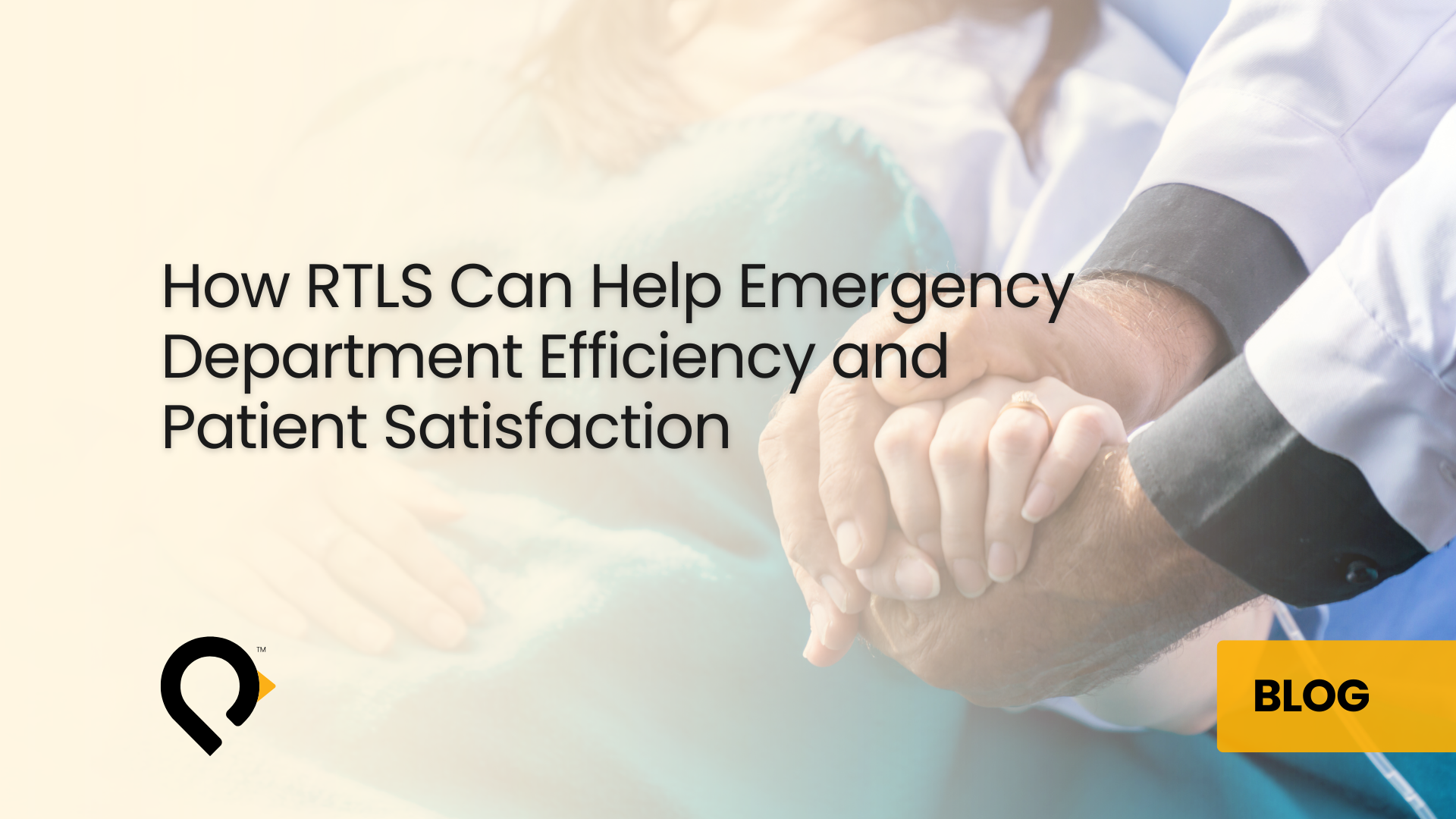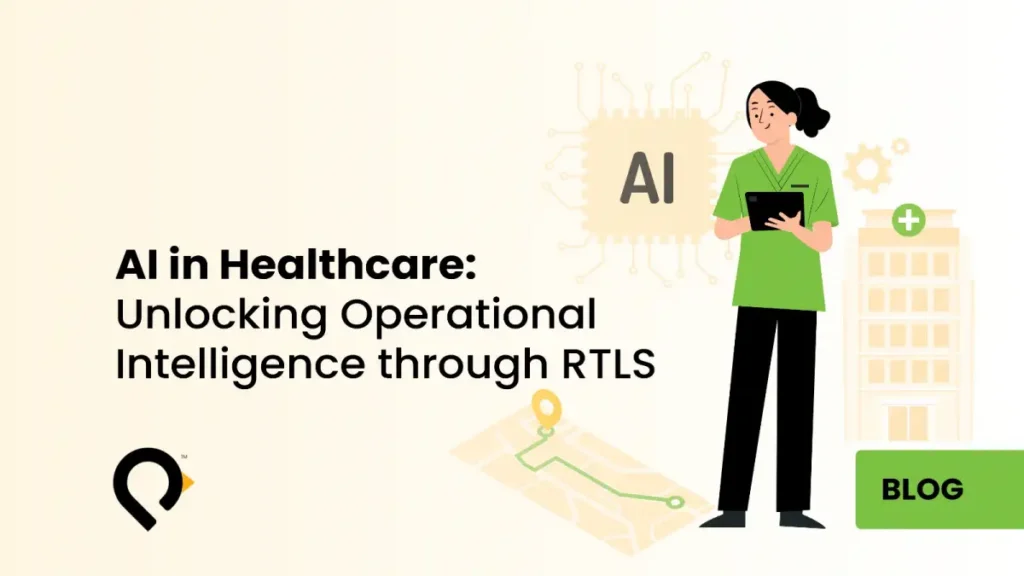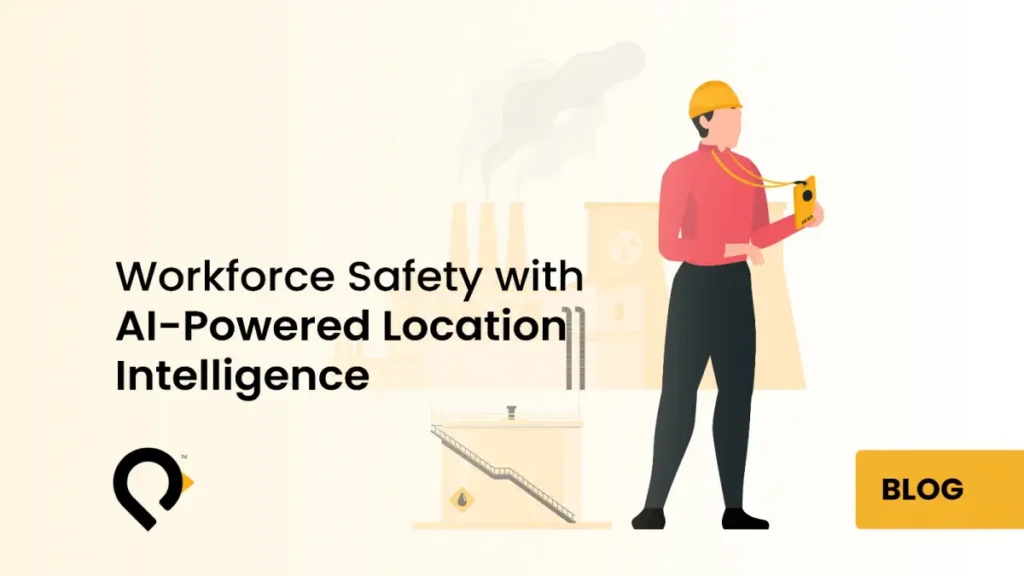
How Healthcare RTLS Technology Transforms Emergency Department Operations
In the high-pressure environment of an Emergency Department (ED), every second counts. EDs are often chaotic. Patients arrive in critical condition. Clinicians juggle multiple cases. Medical equipment is frequently in use across different areas.
Consequently, delays in locating essential personnel or resources can lead to workflow disruptions. Moreover, these delays cause prolonged patient wait times. In some cases, they even result in adverse health outcomes.
This is where Healthcare RTLS (Real-Time Location Systems) comes into play. By leveraging healthcare RTLS technology, EDs can improve workflow efficiency. Additionally, they reduce bottlenecks and enhance the overall patient experience.
Enhancing ED Workflow and Reducing Delays
Emergency physicians, nurses, and technicians face constant demands. They are frequently pulled in multiple directions. Often, they need to respond to urgent cases on short notice.
Traditional communication methods prove inefficient. Overhead paging and phone calls are distracting and time-consuming.
RTLS enables real-time tracking of staff and patients. This allows clinicians to quickly locate colleagues. They can identify the closest available specialist. Furthermore, it ensures rapid response to critical cases.
With a centralized RTLS dashboard or mobile app, staff members can instantly see where resources are needed most. This eliminates the guesswork. As a result, it significantly reduces response times through healthcare workflow optimization.
Optimizing Equipment Utilization to Support Critical Care
In an ED, every second counts. Time lost searching for equipment can delay life-saving interventions. Whether it’s a crash cart, ultrasound machine, or portable ventilator, finding equipment quickly is crucial.
With RTLS emergency department solutions, ED teams can instantly locate essential equipment. They can retrieve it without wasting time searching for misplaced devices.
By implementing automated alerts, RTLS also prevents hoarding. It stops misallocation of critical tools. This medical equipment tracking reduces wait times for equipment. Therefore, it ensures that all patients receive timely care. Ultimately, this improves throughput in high-traffic ED settings.
Reducing Patient Wait Times and Improving Satisfaction
Long wait times are a major source of dissatisfaction for ED patients. Healthcare RTLS helps mitigate this issue effectively. It streamlines patient flow comprehensively.
Clinicians and nurses can quickly see patient locations. They can track time spent in each stage of care. Additionally, they can identify bottlenecks that slow down treatment.
For example, healthcare RTLS data can show important patterns. It indicates whether a patient has waited too long for a triage nurse. It reveals if a treatment room is available but unoccupied.
By addressing these inefficiencies, EDs can reduce unnecessary delays. Consequently, they enhance overall patient satisfaction.
Tracking Face Time and Wait Time for Better Patient Experience
In emergency care, patients often feel anxious and vulnerable. One key factor influences their perception of care significantly. This factor is how much time they spend with a physician or nurse. It’s measured against how long they wait without attention.
RTLS enables ED administrators to measure patient interactions accurately. They can analyze patient wait times versus face time with providers.
By identifying areas where excessive waiting occurs, hospitals can take action. They can adjust staffing schedules effectively. They can modify workflows appropriately. Most importantly, they ensure that clinicians spend more time engaging with patients. This reduces time wasted searching for resources.
This data-driven approach helps EDs continuously improve care quality. It also enhances patient satisfaction through healthcare staff tracking.
Supporting ED Surge Capacity and Disaster Response
During mass casualty incidents, EDs face unique challenges. Flu season and other patient surges create similar pressures. EDs need to quickly adjust staffing and resource allocation accordingly.
RTLS provides real-time occupancy and flow analysis. This allows administrators to monitor ED capacity effectively. They can reallocate resources dynamically based on current needs.
For example, when patient volumes spike unexpectedly, RTLS helps immediately. It can reroute patients to underutilized areas. It ensures that additional staff are deployed where needed. Furthermore, it prevents hallway congestion effectively.
This level of visibility is critical. It maintains efficiency during crises. It delivers timely emergency care delivery when it matters most.
Leveraging Data Analytics for Continuous Improvement
Beyond real-time tracking, healthcare RTLS generates valuable analytics. These analytics help EDs optimize their operations systematically.
By analyzing movement patterns, administrators gain insights. They examine patient flow trends carefully. They review resource utilization comprehensively. Hospital administrators can identify inefficiencies. Then, they can develop targeted improvements.
For instance, RTLS data might reveal important bottlenecks. If patients spend too much time waiting for diagnostic tests, adjustments can be made. Hospitals can prioritize lab processing. They can redistribute imaging resources more effectively.
Similarly, staffing imbalances become visible. If certain staff members are overburdened while others have idle time, solutions emerge. Scheduling adjustments can be made to balance workloads fairly.
The Bottom Line: Better Emergency Care Through RTLS
Implementing RTLS in Emergency Departments improves operational efficiency significantly. It reduces staff burnout effectively. It enhances patient care delivery comprehensively.
By streamlining workflows, EDs operate more smoothly. Optimizing resource allocation ensures better use of assets. Reducing search and wait times benefits everyone involved.
RTLS enables emergency teams to focus on what truly matters. That means saving lives. That means delivering high-quality patient care consistently.
Learn More About Healthcare RTLS Solutions
Penguin Location Services offers a cost-competitive RTLS solution. We emphasize integrated healthcare technology solutions that work seamlessly.
To learn more about how Penguin can help you leverage location services for better outcomes, please contact us. Send us an email at [email protected].




